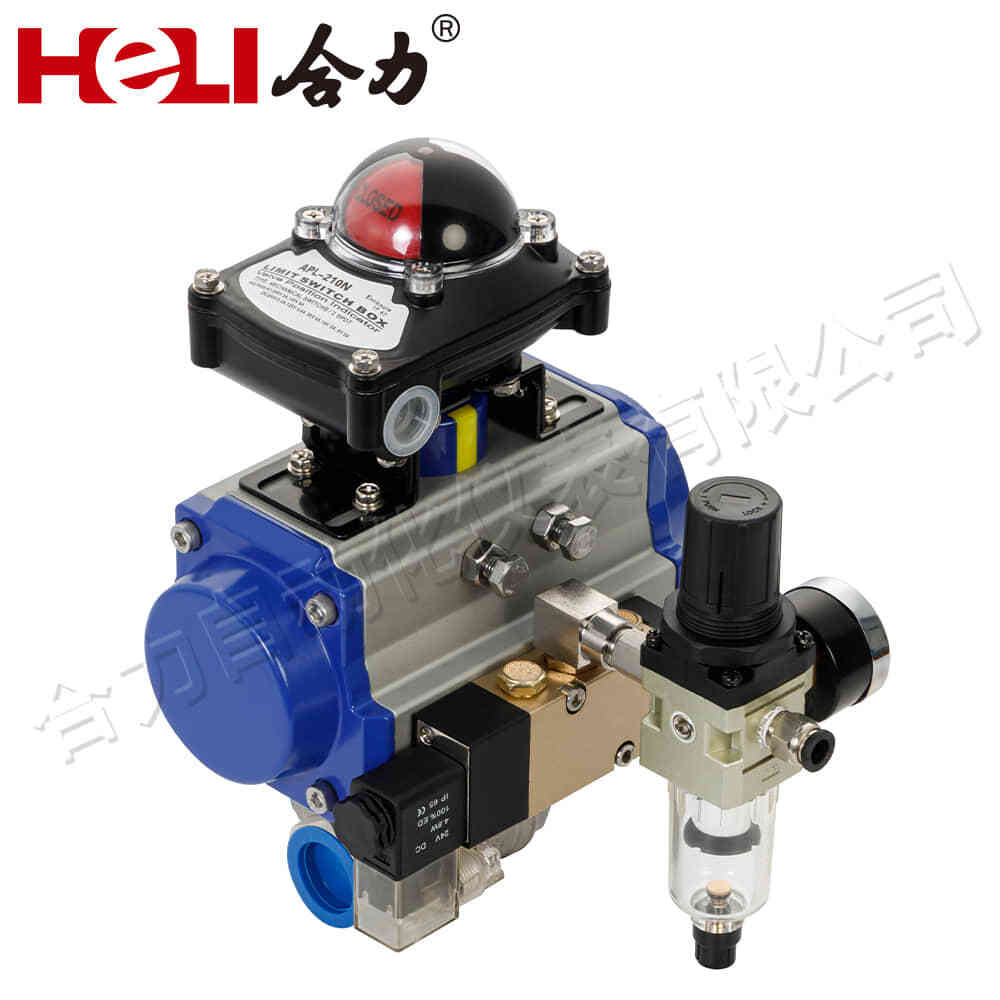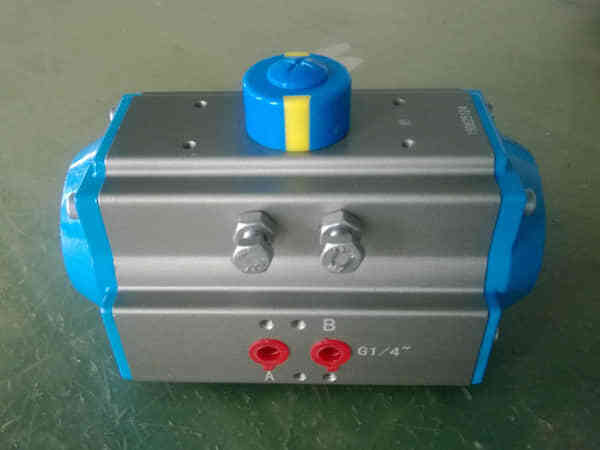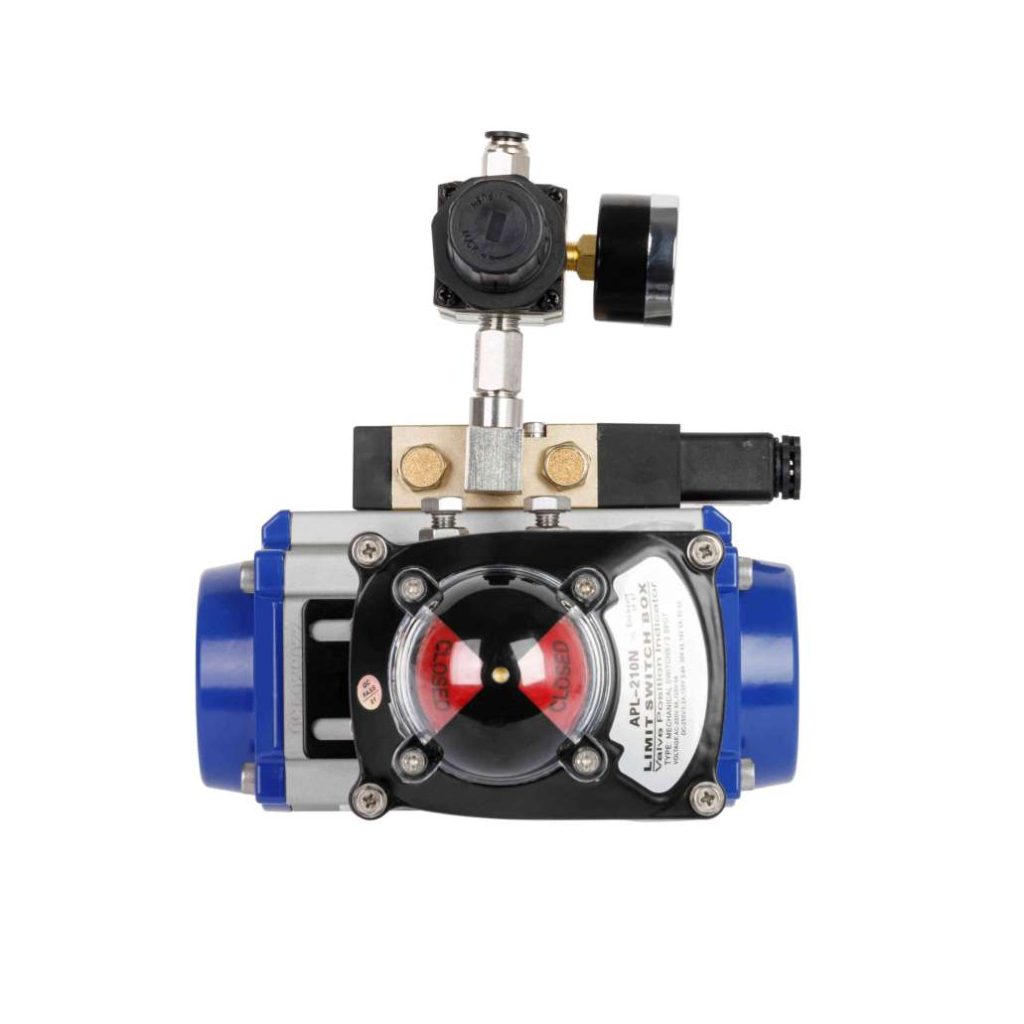A pneumatic actuator is a type of actuator that uses compressed air to generate motion. In the world of industrial automation and control systems, pneumatic actuators play a crucial role in driving machinery and automating processes. These devices are designed to convert compressed air energy into mechanical movement, often in the form of linear or rotary motion. Pneumatic actuators are commonly found in a wide range of applications, including manufacturing, automotive, and robotics, due to their efficiency, reliability, and cost-effectiveness.

Working Principle of Pneumatic Actuators

The core function of a pneumatic actuator is simple yet effective. Compressed air is introduced into a cylinder or chamber within the actuator. The pressure from the air pushes a piston or diaphragm, causing it to move and perform work. In linear pneumatic actuators, this movement is typically straight-line motion, while in rotary pneumatic actuators, the motion is rotational. A linear actuator usually consists of a cylinder, a piston, and a rod. When air is introduced into the cylinder, it pushes the piston in one direction, causing the attached rod to move. The direction and stroke length of the movement are controlled by valves that regulate the flow of compressed air. In a rotary actuator, the piston is connected to a mechanism that converts the linear motion into rotational movement.
